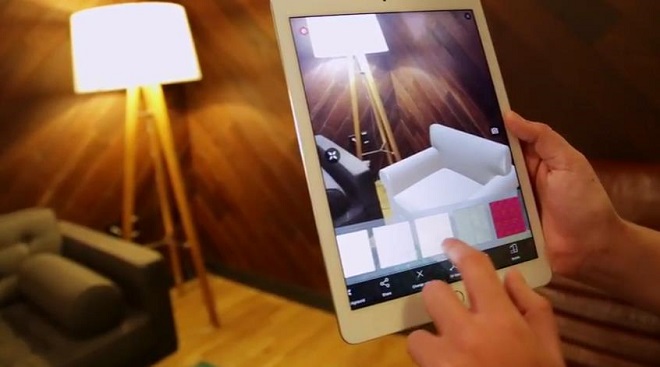Generation Z, people born between 1997 and 2012, make up 20% of the US population, and are the next important group for companies to consider, both as prospective customers and potential employees.

I was at the QRCA Annual Conference last week – it was great to see my fellow qualitative researchers in-person! – and I attended a presentation and panel led by Jamin Brazil about Gen Z. Whenever people talk about characteristics of cohorts, I wonder whether those characteristics have to do with the cohort specifically, or the life stage they’re in. I still remember, at the beginning of my research career, people saying that Generation X were “slackers.” Then, a few years later, they said “we were wrong, they’re actually hard workers!” That’s because when they were college students they weren’t as hard working as when they got married and had kids!
Having said that, there do seem to be some characteristics that really are specific to Gen Z. These came up in the presentation and were confirmed by the Gen Z attendees sitting with me during the session, as well as in research interviews I’ve been conducting with members of the cohort. Marketers and employers should consider these characteristics if they want to appeal to Gen Z:
- They are digital natives: That is, they have always lived with social media and smartphones. As a result, they are quite experienced and savvy when it comes to inauthenticity and digital scams. When it comes to purchasing decisions, they rely on influencers (people on social media regarded as experts or taste-makers in a specific area) more than other cohorts.
- They are pragmatic: In contrast to Millennials who were raised by Baby Boomers and who tend to be idealistic, Gen Z were raised by Generation X parents – and saw their parents struggling during the great recession. They tend to focus on saving money.
- They are diverse: 49% of Gen Z identify as non-white, more than any cohort before them. They are more likely to have grown up amid diverse family structures – whether in a single parent household, a multi-racial household, or a household in which gender roles were blurred. As a result, they are less fazed than previous generations by differences in race, sexual orientation or religion.
The above has implications not just for marketers and employers, but also for researchers. We are finding that Gen Z members are more difficult to recruit as research respondents. They are mistrustful of traditional recruiting and worry about data security. Research recruiters are finding greater success recruiting through social media and word of mouth, rather than traditional methods. And Gen Z members are demanding higher research incentives, thinking of research participation in much the same light as a “side hustle.”
How can you appeal to your Gen Z prospects? Let’s ask them! Email me at info at bureauwest.com.
Sources: Panel Discussion: Meet Your Future – Gen Z ARE the Future of Research, both as Participants and Researchers, QRCA Annual Conference, 5/16/22; What Are the Core Characteristics of Generation Z?, Annie E. Casey Foundation, 4/14/21; Bureau West research

